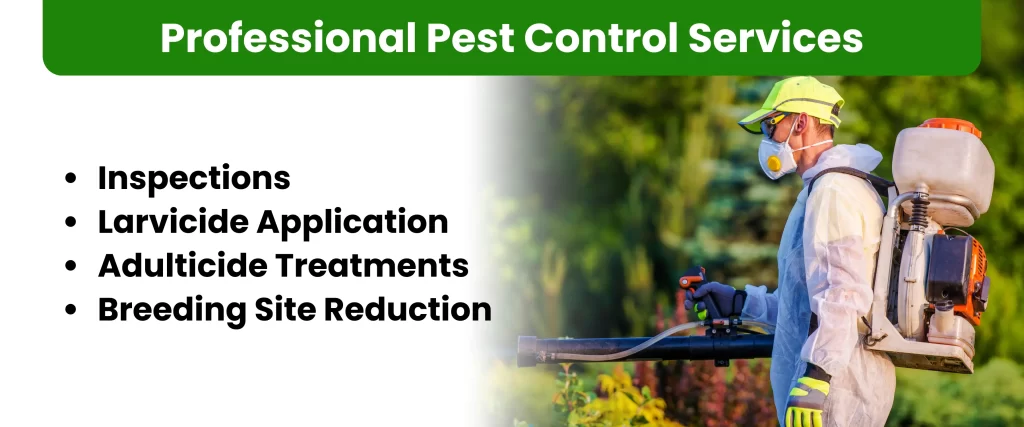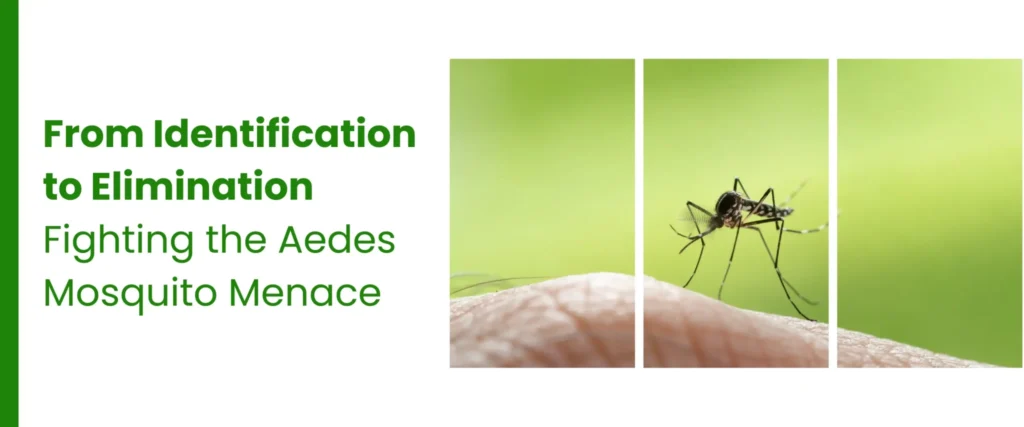
Understanding when is mosquito season in New York isn’t just about avoiding itchy bites. Mosquitoes can also transmit diseases, making awareness of their peak activity crucial. In New York, mosquito season generally runs from late April to October. However, this timeframe can fluctuate slightly depending on a few key factors.
Typical Start and End Dates
- General timeframe: As mentioned earlier, mosquito season in New York typically stretches from late April to October. This coincides with warmer temperatures and increased rainfall, creating ideal conditions for mosquito breeding and activity.
- Variations within the season: Even within this timeframe, mosquito activity can fluctuate. Early springs with temperatures consistently above 50°F (10°C) can trigger an earlier emergence. Conversely, colder falls can delay the decline in mosquito populations.
- Local variations: Mosquito activity can also vary depending on specific locations within New York. Areas with more standing water sources like ponds, wetlands, or clogged gutters might experience higher mosquito populations throughout the season.
Factors Affecting Mosquito Season:

- Temperature: Temperature plays a critical role. Mosquitoes are cold-blooded insects, meaning their activity level is directly tied to ambient temperature. Once temperatures consistently surpass 50°F (10°C), expect to see an increase in mosquito activity. Conversely, cooler temperatures slow down their metabolism and limit their biting behavior.
- Rainfall: Mosquitoes lay their eggs in stagnant water sources. Periods of heavy rainfall can create temporary breeding grounds in puddles, clogged gutters, or containers left outdoors. This can lead to population surges and extend the overall mosquito season. Conversely, dry periods can limit breeding and reduce mosquito activity.
- Climate Change: Unfortunately, climate change is a factor influencing mosquito season. Rising global temperatures can lead to earlier springs and warmer falls, extending the period suitable for mosquito activity. Additionally, milder winters may allow some mosquito populations to survive longer, potentially leading to year-round presence in certain areas.
When Does Mosquito Season End in New York?
While the official “end” of mosquito season in New York is generally marked by late October, the exact timing can vary depending on several factors:
- Temperature: As with the start of the season, temperature plays a crucial role in their retreat. The first consistent frosts, typically occurring in late October or November, signal the arrival of colder weather that significantly reduces mosquito activity. As temperatures dip below 50°F (10°C), mosquito metabolism slows down, and many adult mosquitoes die off.
- Rainfall Patterns: Extended periods of dry weather towards the end of summer can limit mosquito breeding and accelerate the decline in their populations. Conversely, late-season rainfall events can create temporary breeding grounds and prolong their activity.
- Local Factors: Microclimates within specific locations can influence the end of mosquito season. Urban areas with a higher concentration of heat-retaining surfaces like asphalt might experience slightly extended mosquito activity compared to rural areas.
Average End Dates and Variations:
Based on historical weather patterns, you can expect mosquito season to wind down in:
- Late October: This is the most common scenario with consistent cool nights and the first frosts.
- Early November: Particularly dry autumns can see a significant reduction in mosquito activity by early November.
- Mid-November (or Later): Unusually warm falls with late frosts might extend mosquito activity into mid-November, especially in urban areas.
Mosquito-Borne Diseases in New York
While the itchy welts from mosquito bites are certainly annoying, a more significant concern is the potential transmission of diseases. Here’s an overview of some mosquito-borne diseases in New York:
Mosquito-Borne Diseases:

- West Nile Virus (WNV): This is the most common mosquito-borne illness in New York. WNV can cause flu-like symptoms, but in severe cases, it can lead to meningitis or encephalitis (inflammation of the brain or spinal cord).
- Eastern Equine Encephalitis (EEE): This is a rare but serious mosquito-borne disease that can cause inflammation of the brain. Symptoms can range from mild fever to seizures and coma.
- La Crosse encephalitis (LAC): Another mosquito-borne disease that primarily affects children, causing fever, headache, nausea, and vomiting. In severe cases, it can lead to seizures or coma.
Are Mosquito Larvae Dangerous?
While adult mosquitoes are the ones responsible for those itchy bites and potential disease transmission, let’s take a closer look at their life cycle, specifically the larval stage.
The Mosquito Life Cycle:

Mosquitoes undergo a complete metamorphosis, meaning they go through four distinct stages: egg, larva, pupa, and adult. The larval stage is aquatic, meaning they live in water.
- Eggs: Female mosquitoes lay their eggs in or near stagnant water sources.
- Larvae: Once hatched, mosquito larvae spend most of their time feeding and developing in the water. They are easily identified by their elongated, wiggling bodies and lack of wings.
- Pupae: After several molts, the larva transforms into a pupa, a non-feeding stage where metamorphosis into an adult mosquito takes place.
- Adult: The pupa emerges from the water as a flying adult mosquito, ready to mate and lay eggs, continuing the cycle.
Potential Dangers of Mosquito Larvae:
While mosquito larvae themselves don’t bite or transmit diseases, their presence indicates a suitable breeding ground for adult mosquitoes. Here’s why controlling mosquito larvae is crucial:
- Increased Mosquito Population: Uncontrolled larval populations can lead to a surge in adult mosquito numbers, increasing the risk of bites and potential disease transmission.
- Habitat for Other Pests: Stagnant water with mosquito larvae can also attract other unwanted insects, creating a breeding ground for a variety of pests.
Preventative Measures to Control Mosquito Larvae:

The good news is that you can take steps to prevent mosquito larvae from developing in your surroundings:
- Eliminate Stagnant Water Sources: This is the key! Regularly empty any containers that hold water, such as birdbaths, tires, or clogged gutters. Even a small amount of water can be enough for mosquito larvae to breed.
- Keep Gutters Clean: Clogged gutters can collect rainwater and become prime breeding grounds for mosquitoes. Ensure proper drainage around your property.
- Introduce Mosquito-Eating Fish: Fish like goldfish or mosquito fish can help control mosquito larvae populations in ponds or water features.
By taking these measures, you can significantly reduce the number of adult mosquitoes around your home.
Can You Get Lyme Disease from a Mosquito?
No, you cannot contract Lyme disease from a mosquito bite. Lyme disease is a bacterial infection primarily transmitted by ticks, specifically Ixodes ticks in the Northeastern United States, including New York. When an infected tick feeds on a human, the bacteria can be transmitted through the tick’s saliva.
Mosquitoes, on the other hand, can transmit a variety of viruses as we discussed earlier, including West Nile Virus, Eastern Equine Encephalitis, and La Crosse encephalitis. These viruses are spread through the mosquito’s saliva when it bites an infected bird or animal and then feeds on a human.
The Population of Mosquitoes in a Certain Area
The number of mosquitoes buzzing around can vary greatly depending on where you are in New York. Let’s explore some factors influencing mosquito populations:
Environmental Factors:
- Presence of Stagnant Water: As we’ve discussed, stagnant water sources are like mosquito maternity wards! Areas with ponds, wetlands, clogged gutters, or even discarded containers holding water will see higher mosquito populations.
- Vegetation: Dense vegetation provides shade and shelter for adult mosquitoes, allowing them to thrive.
- Climate: Warmer temperatures and higher humidity create ideal conditions for mosquito breeding and activity.
Human Activities:
- Improper Waste Management: Areas with overflowing garbage cans or uncontrolled yard waste can attract mosquitoes seeking breeding grounds and food sources.
- Landscape Design: Water features like decorative ponds or poorly maintained drainage systems can become unintentional mosquito havens.
Monitoring and Controlling Mosquito Populations:
Thankfully, there are ways to keep mosquito populations in check:
- Public Health Initiatives: Many municipalities conduct mosquito surveillance and control programs, including spraying larvicides and adulticides (insecticides targeting adult mosquitoes).
- Individual Actions: As mentioned earlier, eliminating stagnant water sources around your property and maintaining proper drainage significantly reduces breeding grounds.
Can Exterminators Get Rid of Mosquitoes?
While preventive measures are crucial, sometimes professional help is needed. This is where mosquito control companies come in.
Professional Pest Control Services:

These companies offer a range of services to manage mosquito populations on your property:
- Inspections: Trained professionals can identify potential breeding grounds and mosquito harborage areas.
- Larvicide Application: They can apply targeted larvicides to eliminate mosquito larvae before they mature into biting adults.
- Adulticide Treatments: In severe cases, adulticides might be used to directly target adult mosquito populations.
- Breeding Site Reduction: They can recommend strategies for eliminating or minimizing stagnant water sources around your property.
Importance of Hiring Professionals:
While DIY mosquito control methods exist, professional exterminators have access to specialized knowledge, equipment, and resources. They can develop a comprehensive mosquito management plan tailored to your specific needs and ensure long-term control.
Conclusion
Understanding mosquito season in New York and taking preventive measures is crucial for minimizing itchy bites and the risk of mosquito-borne diseases. Remember:
- Mosquito season typically runs from late April to October, but factors like temperature and rainfall can influence its exact timing.
- Mosquitoes breed in stagnant water, so eliminating these sources is key.
- While not all mosquito bites transmit diseases, some can carry viruses like West Nile Virus.
- Professional pest control services can offer targeted solutions for effective mosquito management.


